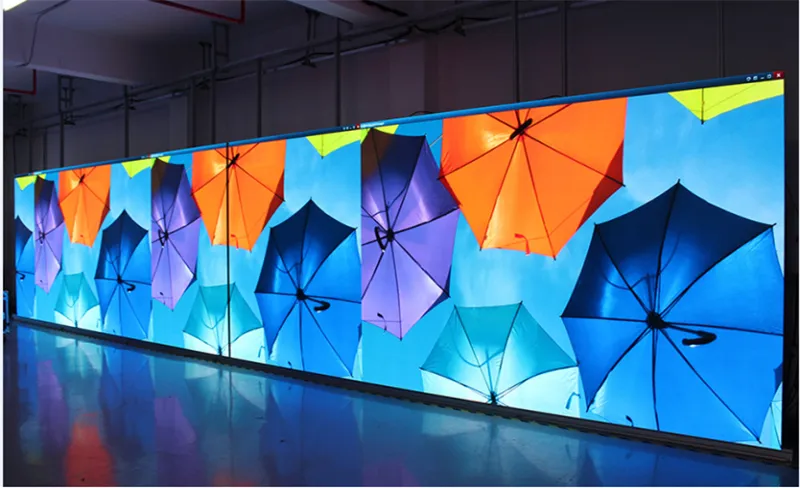You might have wondered why some LED screens show deeper blacks and more vibrant colors than others. The answer lies in a significant yet commonly misunderstood specification – the contrast ratio. Our experience shows this single element can transform a mediocre visual display into a stunning one.
Let us help you understand LED screen contrast ratio and how it affects display quality. This piece covers everything from simple definitions to practical optimization techniques that you need to know about contrast ratios in LED displays. Your decisions about display technology will improve once you understand contrast ratio, whether you’re selecting an LED screen to advertise, entertain, or use professionally.
Understanding LED Screen Contrast Ratio
Let’s tuck into what makes LED screen contrast ratio a vital factor in display quality. The display technology industry sees contrast ratio as one of the fundamental measurements that determine image quality and visual performance.
Simple definition and importance
Contrast ratio shows the difference between the brightest white and the darkest black that an LED display can produce. To name just one example, a contrast ratio of 1000:1 means the brightest white on the screen shines 1000 times brighter than the darkest black. This measurement affects how we notice images and videos on LED displays.

